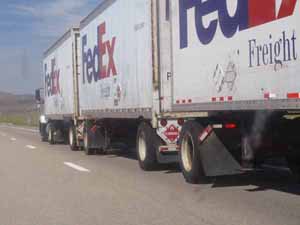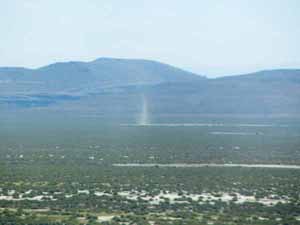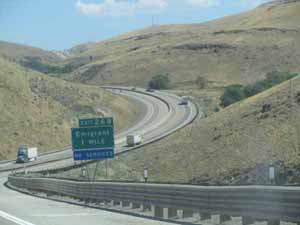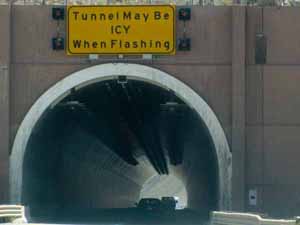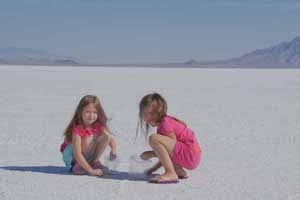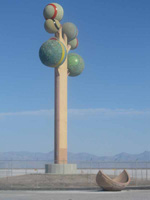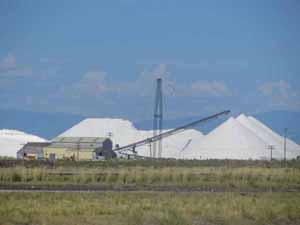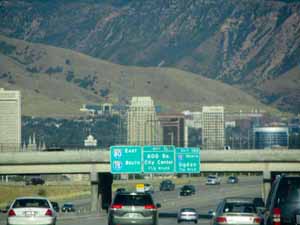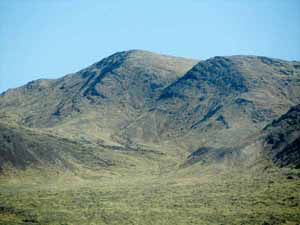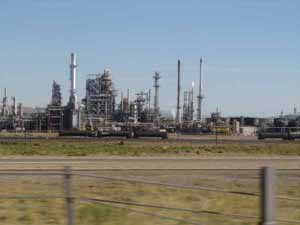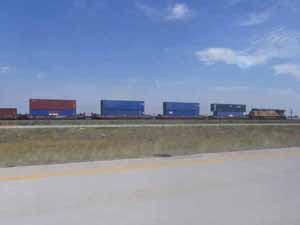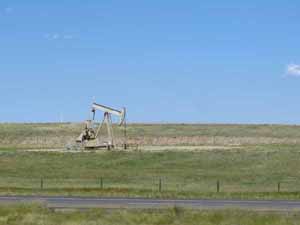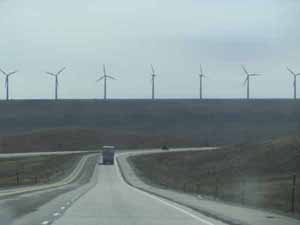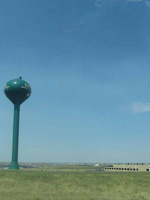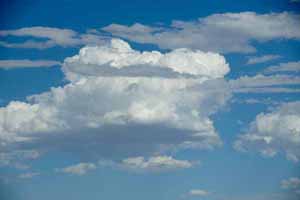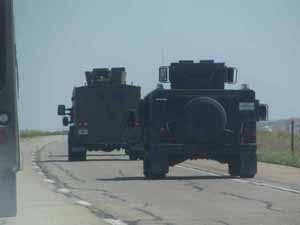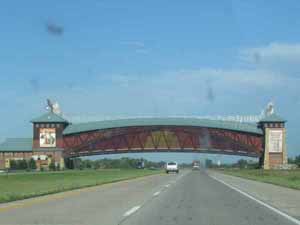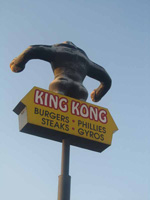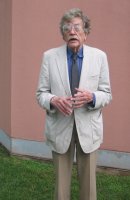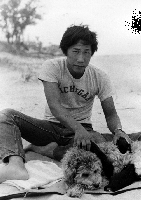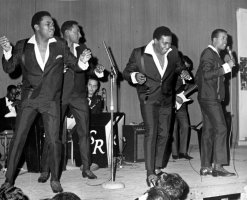Online Magazine
Recent Posts
- Safeguard your Cellphone Photos
- Black & White to Color – Instantly
- Wearing Many Hats
- Video Roundup
- Rescuing Your Blurry Pictures
- Showing Their Age
- What is Your Angle?
- Panorama Photos
- Humorous Photos
- Close Ups
- Fisheye Pictures
- Photo Antiquities
- Printing Big
- Appreciating Scale
- Celebrity Sightings
Tags
More Places to Go
- Free "How-To" Books “How To” books for popular cameras 0
- Vist Us on Facebook keep in touch with us on Facebook 2
Archives
- July 2023 (1)
- March 2023 (2)
- February 2023 (1)
- December 2022 (1)
- October 2022 (1)
- September 2022 (8)
- August 2022 (9)
- July 2022 (1)
- June 2022 (1)
- June 2021 (1)
- May 2021 (1)
- March 2021 (5)
- February 2021 (4)
- January 2021 (2)
- April 2019 (1)
- March 2019 (1)
- February 2019 (1)
- October 2018 (2)
- April 2018 (1)
- March 2018 (4)
- February 2018 (1)
- November 2017 (1)
- August 2017 (1)
- June 2017 (1)
- April 2017 (1)
- March 2017 (5)
- February 2017 (2)
- January 2017 (1)
- October 2016 (1)
- September 2016 (1)
- August 2016 (1)
- July 2016 (1)
- May 2016 (1)
- April 2016 (1)
- March 2016 (2)
- February 2016 (1)
- January 2016 (2)
- December 2015 (1)
- November 2015 (1)
- October 2015 (3)
- April 2015 (1)
- March 2015 (5)
- February 2015 (1)
- January 2015 (4)
- December 2014 (2)
- November 2014 (5)
- October 2014 (2)
- September 2014 (1)
- August 2014 (2)
- July 2014 (1)
- May 2014 (1)
- April 2014 (5)
- March 2014 (5)
- December 2013 (2)
- November 2013 (18)
- October 2013 (1)
- September 2013 (1)
- August 2013 (1)
- July 2013 (1)
- June 2013 (3)
- May 2013 (1)
- April 2013 (2)
- March 2013 (1)
- February 2013 (1)
- January 2013 (1)
- December 2012 (1)
- November 2012 (2)
- October 2012 (2)
- September 2012 (5)
- August 2012 (2)
- July 2012 (1)
- June 2012 (1)
- May 2012 (1)
- April 2012 (4)
- March 2012 (1)
- February 2012 (1)
- January 2012 (3)
- December 2011 (1)
- November 2011 (3)
- October 2011 (1)
- September 2011 (2)
- August 2011 (2)
- June 2011 (3)
- May 2011 (4)
- April 2011 (8)
- March 2011 (8)
- February 2011 (10)
- January 2011 (6)
- December 2010 (11)
- November 2010 (14)
- October 2010 (6)
- September 2010 (12)
- August 2010 (2)
- July 2010 (4)
- June 2010 (3)
- May 2010 (1)
- April 2010 (1)
- March 2010 (2)
- February 2010 (1)
- January 2010 (1)
- December 2009 (1)
- November 2009 (2)
- October 2009 (2)
- September 2009 (1)
- August 2009 (3)
- July 2009 (2)
- June 2009 (1)
- May 2009 (2)
- April 2009 (1)
- March 2009 (2)
- February 2009 (1)
- January 2009 (3)
Summer travel log
05th September 2011
what we saw – presented in pictures
My wife Kris and I just returned from our summer vacation – this time with two of our grandkids. We drove 2100 miles from Grand Rapids, Michigan to Reno, Nevada to visit four of our children and five other grandkids. Then we drove back home, another 2100 miles.
However, this article isn’t about our mini family reunion. Rather it’s about the return from Nevada across the mid-section of the USA and what we saw through the windshield.
For those of you who have yet to see some of the sights of the West, I recorded our trip home on film. Most of the pictures were taken from inside the auto.
Over the years, I’ve made several dozen similar cross country trips so I’m familiar with many of the sights along the way.
Yet I always seem to find new and interesting places and things to record along the way.
No, the inside of the car is not the best way to enjoy the USA. This time we traveled to take part in the mini-family reunion in Reno so we dispensed with the sightseeing.
But I did take a few snapshots as a reminder of some of the places that we still want to visit when we’re less pressed for time.
Written by Arnie Lee
Earth Day 2011
19th April 2011
|
Earth Day 2011
… 41 years and counting Note: This article as been adapted from the original written for Earth Day 2007.
April 22, 2011
On a daily basis owing to my job, my thoughts are usually centered on the topic of photography. But recently, a few things happened to jog my memory and I was carried back to the first Earth Day of 1970. Stick with me. I’ll get back to the subject of photography soon enough. From the time I first started reading his compelling, black humor books, novelist Kurt Vonnegut has been one on my favorite authors. He died in April 2007 shortly before the original version of this article was published. The news coverage of his life and death had my mind wandering back to the late 60’s and early 70’s when I was a student at the University of Michigan (U of M) in the city of Ann Arbor. Somewhere in that time frame, Vonnegut was asked to be “Writer in Residence” at the University. As one of the most widely read authors of the 1960’s generation, he was sure to have a large, welcoming audience among would-be writers studying at the U of M. He sometimes frequented a small, local campus restaurant called “The Brown Jug” where he’d have breakfast and smoke lots of cigarettes. Back then, it was popular lore that Vonnegut declared smoking to be the slowest form of suicide. My wife Kris, then a student and part-time waitress, was also a Vonnegut reader. On occasion, she would wait on him in the restaurant. She admitted, that owing to her hearing difficulty, she was not a very good waitress and therefore frustrated the celebrated writer with her (lack of) service. More to the point, his purpose on campus as writer in residence ended abruptly when he left prematurely declaring something to the effect: “I’m leaving Ann Arbor since I have nothing much to teach you about writing.” So it goes.
To put things in the proper perspective, 1970 was a very vibrant, exciting and yet conflicted era. I’m reminded of Charles Dicken’s quotation in my high school year book which aptly describes the period: “it was the best of times and it was the worst of times….we were all going direct to heaven, we were all going direct the other way”. This was the period of Viet Nam and Kent State, living off the earth and making peace, hippies and long hair. We were contemporaries of heavy metal, Motown, James Taylor, Woodstock and The Beatles music. With this as a backdrop, we happen upon the Earth Day 1970 teach-in at the U of M. Not long after Vonnegut’s departure from the campus, we were treated to a free music concert. The well-known folk song artist Gordon Lightfoot came to town to perform for more than 12,000 screaming students in one of the large stadiums at the University. Gord had had been drawing large audiences around the US, Canada and Europe with his classic Canadian Railroad Trilogy (click for lyrics), a poetic ballad describing the building of the railroads across Canada and the difficult tradeoffs between developing the economy and keeping the land pristine for the future. His music was great back then and to this day, I remain a Lightfoot fan. I was so much the fan that a few years ago I traveled to Las Vegas (by myself since no family member wanted to accompany me) to hear him in concert. And I ended up staying for two of his performances. Would you believe that I even have a life size poster of Gord which was gifted to me by the advertising manager at the Orleans Casino? Anyway, traveling back to 1970, we understood that Lightfoot’s appearance was part of what was to be part of the first Earth Day teach-in, a gathering of some 50,000 in Ann Arbor to discuss, educate and find solutions to environmental problems created by the earth’s inhabitants. From all of the excitement and the energy which went into the production of the first Earth Day teach-ins, many of us believed that we were on the verge of saving the environment. As an economics student, I was counting on a future career that would revolve around conservation, ecology and recycling. I was deeply serious about this course of study and studied writings from the likes of educators and humanists Kenneth Boulding, Buckminster Fuller and E.F. Schumacher and took courses such as remote sensing of the environment and cost-benefit analysis. My great enthusiasm for all things environmental waned some time after graduating with a degree in Natural Resource Economics. It was fully a year later that I was still trying to find a job in this nascient field. Instead, I ended up in the computer and publishing business. So it goes. As I usually stay away from public discussions about politics, I won’t comment on how well or how poorly the earth’s inhabitants have done to improve the environment over the past 41 years. However, like others, I have observed a very large and urgent movement in recent years to resurrect many of the same or similar ideas from these earlier decades that call for a change in our lifestyles. So what does all of this rambling have to do photography? Well, to continue in the same vein, I thought it might be interesting to look at photography then and now to compare their individual environmental impacts. At first, I thought this was going to be a “no brainer” – that digital photography yields huge environmental savings compared to conventional photography. But as I began to dig deeper, I was reminded that there are two compelling sides to this argument. Conventional Photography Having worked in several commercial photo labs long before the advent of digital, I’m familiar with the processes that are used in conventional (film-based) photography. Most conventional cameras use a cartridge or cannister filled with film for 12, 20 or 36 exposures. Each “roll” of film is individually packaged for sale in hundreds of thousands of retail locations. Besides the resources needed to manufacture the film, a considerable amount more are used to market and distribute the products. Film derives its light sensitivity from a chemical mixture of silver halide that’s coated onto its surface. After being exposed to light by the camera, the film is first “developed” – the silver halide image is converted into a metallic silver and then “fixed” – the unused silver halide is dissolved. This makes the negative image permament. Color film requires additional chemicals to form the dyes used to reproduce the various colors. And still other chemicals are used to enhance the drying of the photographic materials. In addition to these chemicals, a large amount of water is used to rinse and clean the chemicals from the surface of the film. Conventional photographic prints are processed similarly using a silver halide sensitive paper and chemicals to develop and fix and wash the positive images. Most commercial photo labs make prints from each exposure on a roll of film. The environmental impact of conventional photography is significant. A large amount materials is consumed to make film and photographic paper. A large amount of nasty and toxic chemicals are used to process both the film and prints. And an awfully large amount of fresh water is used in the process as well.< /span> Digital Photography At first glance, the coming of age of digital photography appears to have a beneficial impact on the environmental. With digital, no longer is there a need for roll after roll of film. Instead a single chip (SD-card or CF-card) can capture hundreds, maybe thousands of images. Now, these digital images no longer require chemical development. Rather, the images are immediately available to review while still in the camera. For permanance, the images can be copied to your computer hard drive for safekeeping, further enhancement and presentation. Unlike conventional processing where each exposure is mindlessly printed by the photo lab, you can be more selective. Instead you can choose to print only the best of the best images. And it’s your choice to print them using a conventional photo process at your favorite photo lab or print them at home on your color ink-jet printer. Regardless of which camera you’ve purchased, digital photography seems like a winner from an environmental standpoint. The Rest of the Story As with many things in life, digital photography has a few “gottcha’s” that cloud its environmental friendly moniker. The upside is that digital provides big savings in resources by eliminating film, packaging, paper and chemical processing. However, digital shifts the resource burden to the manufacturing and maintaining of the personal computer. Yes, there are some who make do without a personal computer. These picturetakers bring their digital film to a photo lab to make their selected prints. But most picturetakers collect, organize, retouch, process and present their photographs using a personal computer. While it’s slightly dated, according to a United Nation report from 2004, “the average 24 kg desktop computer with monitor requires at least 10 times its weight in fossil fuels and chemicals to manufacture, much more materials intensive than an automobile or refrigerator, which only require 1-2 times their weight in fossil fuels. Researchers found that manufacturing one desktop computer and 17-inch CRT monitor uses at least 240 kg of fossil fuels, 22 kg of chemicals and 1,500 kg of water – a total of 1.8 tonnes of materials.” Of course a personal computer is used for other tasks as well, so it’s not fair to put the full blame for digital photography’s negative impact on the environment. And to power all of these cameras, computers and accessories the need for electricity either from the wall outlet or batteries is climbing. Does this contribute to our CO2 footprint? Not surprisingly, manufacturers are working feverishly to add new and amazing whiz-bang features to their cameras. Now instead of buying a conventional camera every ten years or so, the buying cycle for digital cameras is a lot more frequent. Read: more resources consumed. Wrapping it Up We can credit the overwhelming adoption of digital cameras for saving the environment from millions of rolls of film and the required chemicals to develop the the film and prints. In addition to the great quality of digital technology, we benefit from a huge reduction of harmful photographic chemicals. Unfortunately, after we add the personal computer to complete the processing, digital photography is a mixed bagged from an environmental standpoint. In his novel Slaughterhouse Five, Kurt Vonnegut might comment on this no-win situation with the phrase so it goes. As for me, after all of these years as an avid photographer I’m still a proponent of carefully using our precious natural resources. Aside from photographing family, my favorite pastime is nature and landscape photography. To the best of my ability I continue to practice “leave no trace photography” – disturb neither our wildlife nor our environment. Photography, whether conventional or digital, is a gift that lets me enjoy the wonders of our amazing world visually. I think many others agree. The Environmental Impact of Digital Photography For those of you who have the inclination, here are few links to Earth Day sites. ************************************************************************ |
Easy Photo Gifts
07th April 2011
Do It Yourself Kits
I get a kick out of sharing my photos with others.
So when birthdays or holidays roll around I find myself looking for ways to turn some of my photos into gifts.
And like most of you, I’m also on the lookout for ways to save money.
For both of these projects, the sets were 50% off making each an inexpensive way to make custom photo gifts.
| For one project, I found a lovely coaster set.
While this one is meant for the Christmas Holidays, there sets available for other occasions as well. These attractive coasters are made of glass. |
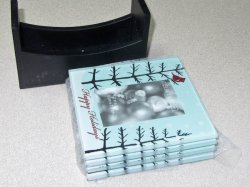 |
|
|
|
| Customizing the coaster set is simple.
Each coaster has a opening for a 2″ x 3″ photograph. |
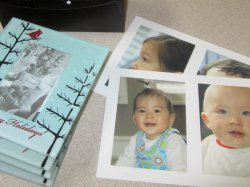 |
|
|
|
| Then it’s just a matter of trimming each photo and inserting it into the small photo mount on the back of the coaster.
Here are their happy faces ready to greet someone who needs a coaster for their drink. |
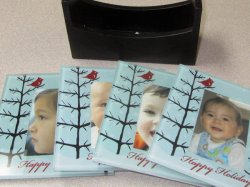 |
|
|
|
| This set also includes a handy wooden holder that keeps the coasters organized when they’re not being used. | 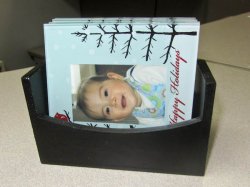 |
|
This coaster kit is made by Melannco. This company makes many other photo-related products including frames and photo storage cases. The original price was $14.95 but I purchased it for only $7.50. |
|
| Another popular photo gift item is a mousepad.
Here’s one that’s ready for you to customize. This mousepad has openings for four different size photographs. |
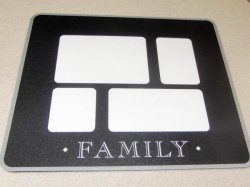 |
|
|
|
| The sizes for each of these photos are indicated on the template (upper left corner) that is shipped with the package.
Again, I collected four photographs of family members that when printed could be sized to fit onto the template. |
 |
|
|
|
| Here I trimmed each of the photos and attached them to the template.
You can attach the photo with an adhesive, but I chose to use a small piece of scotch tape. |
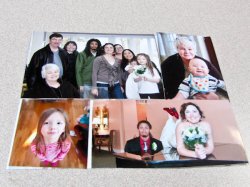 |
|
|
|
| When completed, the template slides into an opening on the back of the mousepad and beneath the clear, protective surface.
And that’s all you need to do to customize this gift. |
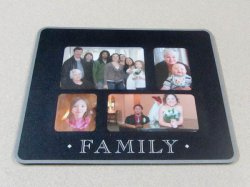 |
|
This mousepad kit is also made by Melannco. The original price was $9.95 but I purchased it for only $5.00. |
|
Without a doubt, I’m happy with both the quality and cost of these photo gifts.
I purchased both of these kits at a local Kohls department store. I’ve seen similar kits made by other manufacturers for sale at Target, Michaels and Hobby Lobby. I’ve also seen them for sale online at Amazon.
To find out more about their products visit Melannco.
Please note that Stay Focused has no connection to Melannco.
Written by Arnie Lee
« Older Posts — Newer Posts »
